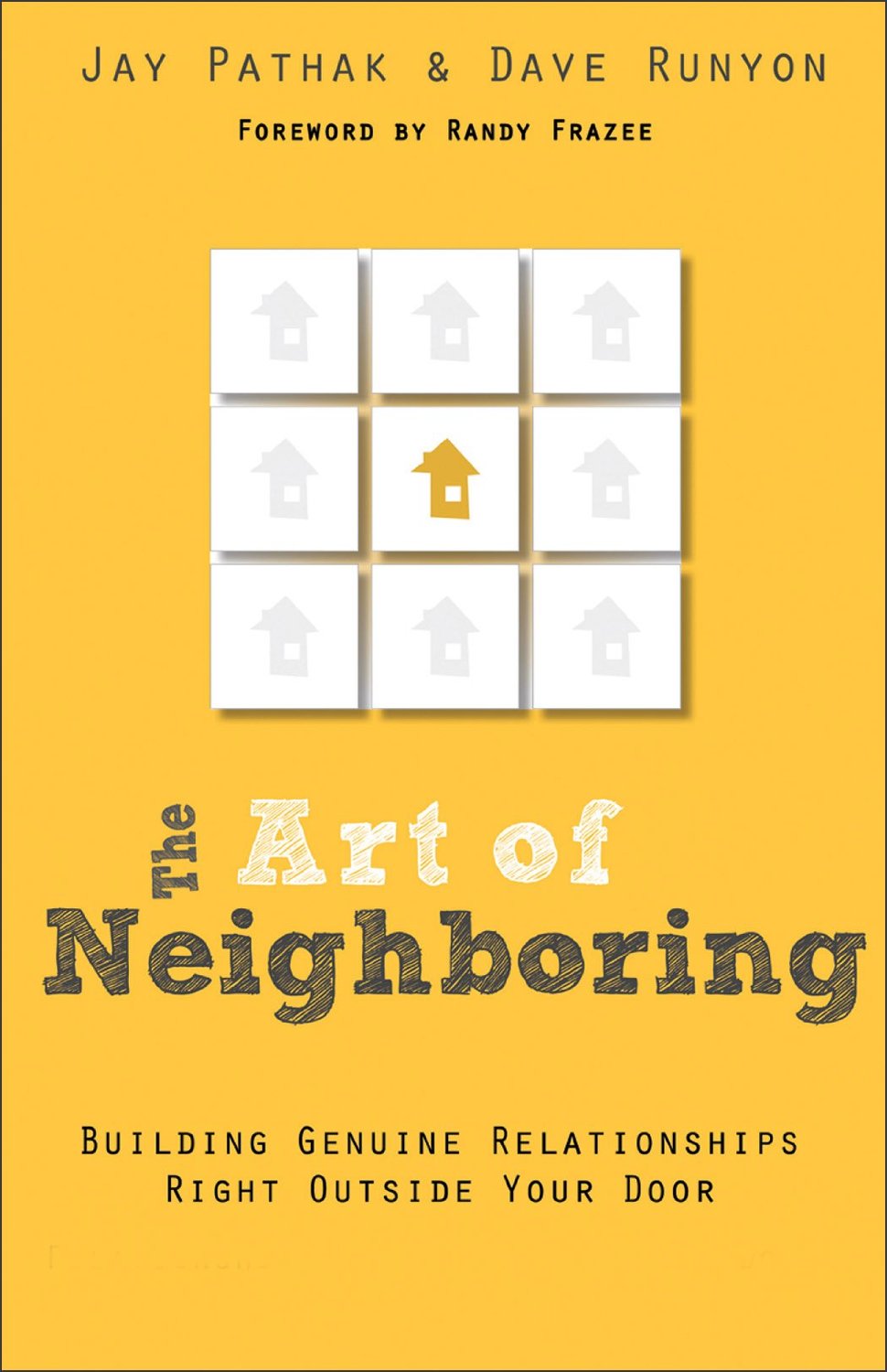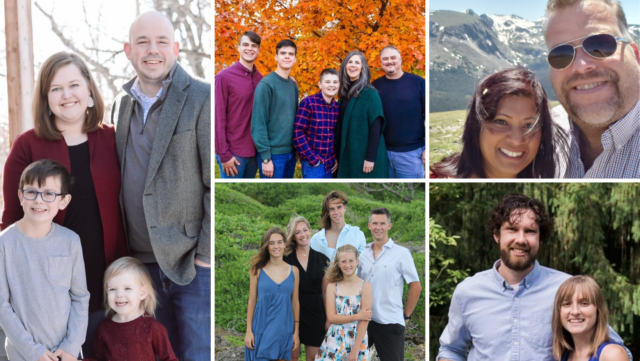It’s time to mine for gold! As I stated in our first post for this series, we’re looking at The Art of Neighboring with the goal of applying this to small towns in rural America. How do we apply the words and works in the context of a rural community?
Chapter 1: Who is My Neighbor?
Jesus summarized the Law with the commandment to love God and love our neighbors. Yet The Art of Neighboring suggests that “the majority of Christians don’t even know the names of most of their neighbors” (p.15). Think about that. Perhaps a question will help you reflect: do you know the names of your neighbors?
 Throughout the rest of chapter one, we’re confronted with the suggestion that developing better governmental social programs or just getting people into churches doesn’t really make a huge difference in communities. In fact, the authors of The Art of Neighboring actually met with local pastors and city officials to address these concerns and ended up hearing their mayor state the following:
Throughout the rest of chapter one, we’re confronted with the suggestion that developing better governmental social programs or just getting people into churches doesn’t really make a huge difference in communities. In fact, the authors of The Art of Neighboring actually met with local pastors and city officials to address these concerns and ended up hearing their mayor state the following:
“The majority of the issues that our community is facing would be eliminated or drastically reduced if we could just figure out a way to become a community of great neighbors” (p.19).
Just think about all of the challenges your community faces. Whether it is at-risk kids, drug and alcohol abuse, depression, or the poor, the mayor suggested that neighboring well was a powerful way to see communities transformed. Yet as the pastors explored this idea with the civil leaders, they found that “From the city’s perspective, there isn’t a noticeable difference in how Christians and non-Christians neighbor in our community” (p.20).
And that is why we have The Art of Neighboring!
Who is My Neighbor in Small Town USA?
Taking cues from The Art of Neighboring, we should stop and ask ourselves this question: who is my neighbor? In small towns this question can be both easy and difficult to address, largely depending upon where one lives and just what kind of “small town” one lives in. In the town I live in there are, give or take, about 1,600 people. Some of those people live in town and others live outside of town. I have houses all around me but others live miles away from people.
But here’s the thing, regardless of whether you are in town or more rural, it is impossible to truly be present without knowing the people you are surrounded by. After all, a key component of the missional life is one of presence. How can you be present to and for people without making an effort to know them? Put simply, you can’t.
This is a challenge that must be taken seriously.
What’s important to gather from reading The Art of Neighboring‘s first chapter is that there really is no difference between the urban context or rural communities. People are similar in both contexts and if you make an effort to pull a “State Farm” (“like a good neighbor…”), you’ll see community transformation take place.
Questions for Discussion
In the comments I’d love for you to take a stab at answering these questions:
- Who are my neighbors?
- Who are people that are there but often overlooked?
- How can I get to know my neighbors?
- What are ways I could serve my neighbors?
- What keeps me from doing this?
- How can I overcome that road block?
I’d love to read your thoughts and invite you to participate in this series by reading chapter 2 for next Monday!





